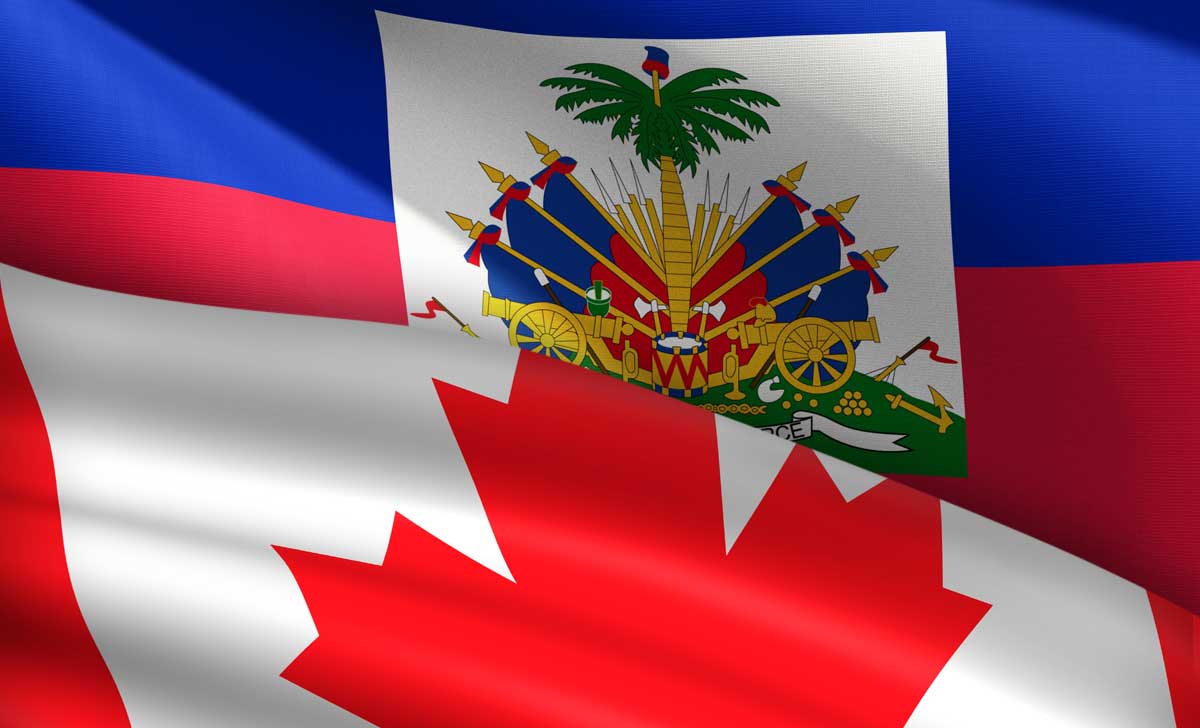How to Immigrate to Canada as an Early Childhood Educator
Are you an early childhood educator looking for an opportunity abroad? Canada is the place for you with all of its emerging educational opportunities! Teaching is a profession in demand and the Canadian government considers early childhood education to be extremely important to ensure a secure future for children and families residing in the country.
The federal government aims to welcome over 1.2 million immigrants by 2023 and, for this reason, is investing billions in child care to care for future generations. British Columbia alone has received over $ 500 million to hire new teachers, but the workforce shortage continues. This is good news for skilled workers trying to figure out how to immigrate to Canada as an early childhood educator, given that Canadian teachers are among the highest-paid educators in the world.
What is an early childhood educator?
As an early childhood educator, you have a wide range of jobs. Your position within the school system may range from a preschool supervisor to an early childhood education worker or even an early childhood supervisor. The average salary for early childhood education is $ 34,000 per year, which makes it ideal for recent graduates just starting out in education.
You will take care of the children in order to ensure their well-being, develop their intellectual, physical, and emotional growth. Early childhood educators develop and implement child care programs, plan and maintain a healthy and safe environment, and lead activities for children from early years to 12 years old.
This position has significant benefits, which may vary from region to region, but will include a combination of the following:Advertisements
- Dental insurance
- Life insurance
- Maternity leave
- Compassionate leave
- Cumulative sick leave
- Sabbatical and study leave
- Supplementary medical insurance
- Long-term disability insurance
- Retirement gratuities
In addition, a basic minimum retiring allowance applies where teachers receive a pension upon retirement, and the Canada Pension Plan provides certain disability and survivor benefits. This can be requested once citizenship is obtained.
Working in Canadian Preschools
Best Provinces to Apply for Social Work Jobs in CanadaWorking in Canadian preschools as an early childhood educator, her role is one of support. You will help set up appropriate schedules, maintain equipment and attend meetings, as well as prepare snacks. Responsibilities may also extend to telling or reading stories, teaching songs, playing musical instruments, preparing craft supplies, and some arts and theater activities. For this reason, you must enjoy working with children, have strong communication skills, be patient and understanding with children and parents, and be in good physical shape to keep up with your students.
Preschools typically only operate during the school year, providing around nine months of work for full-time and part-time workers. It’s also important to consider the extended hours needed to accommodate working parents or daycares where you may be able to earn more.
Even with the occasional extended hours, you can’t deny the perks early childhood educators enjoy starting with earning a solid salary, a good vacation, and the job security of being a teacher. However, this exciting opportunity for educators and assistants is filling up particularly quickly! Below are easy-to-follow ways to immigrate to Canada as an early childhood educator.
Top Ways to Immigrate to Canada
We recommend the Federal Skilled Worker Program (FSWP) for this type of income. The program is points-based and measures things like language skills, work experience, education, age, and other attributes you might bring to the workforce. This program is administered through the Express Entry system, which means it is one of the fastest ways to begin your journey to permanent residence in Canada, with a processing time of just six months.
To apply for this program, you will need to create an online profile through the Express Entry system. This profile is measured according to the Comprehensive Classification System (CRS), which is a set of criteria detailed below. Applicants are then entered into the Express Entry pool from which the highest-scoring profiles are drawn (typically every two weeks) and receive an Invitation to Apply (ITA) for permanent residency.
Provincial Nominee Programs (PNP)
The Provincial Nominee Program (PNP) was designed to address labor shortages in some provinces. 11 of the 13 provinces and territories participate and each offers its own pathways for unskilled, semi-skilled, and skilled workers seeking to settle in that particular province.
| PNP Eligible for Childhood Education | |
|---|---|
| Province | Programs |
| Alberta | Alberta Express Entry Stream |
| British Columbia | Skills Immigration Express Entry British Columbia |
| Saskatchewan | International Skilled Worker Category Saskatchewan Experience Category |
| Manitoba | Skilled Worker Stream Skilled Worker Overseas Stream Morden Community Driven Immigration Initiative |
| Ontario | Human Capital Category Employer Job Offer Category |
| Nova Scotia | Nova Scotia Demand: Express Entry Nova Scotia Experience: Express Entry Nova Scotia Labour Market Priorities Skilled Worker Stream Atlantic Immigration Pilot Program |
| Prince Edward Island | PEI PNP Express Entry Labour Impact Category Business Impact Category |
| New Brunswick | Express Entry Labour Market Stream Skilled Workers with Employer Support Skilled Workers with Family Support Atlantic Immigration Pilot Program |
| Newfoundland & Labrador | Newfoundland and Labrador Express Entry Skilled Worker Skilled Worker Category Atlantic Immigration Pilot Program |
| Northwest Territories | Employer-Driven Program Skilled Worker |
| Yukon | Yukon Express Entry (YEE) Skilled Worker |









